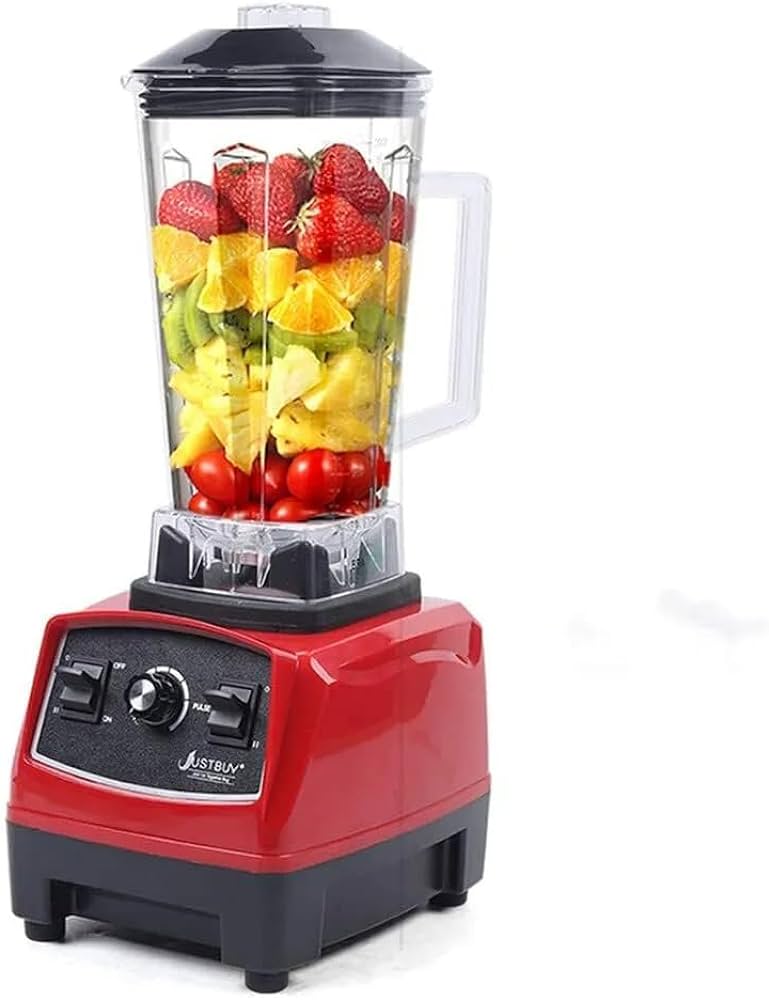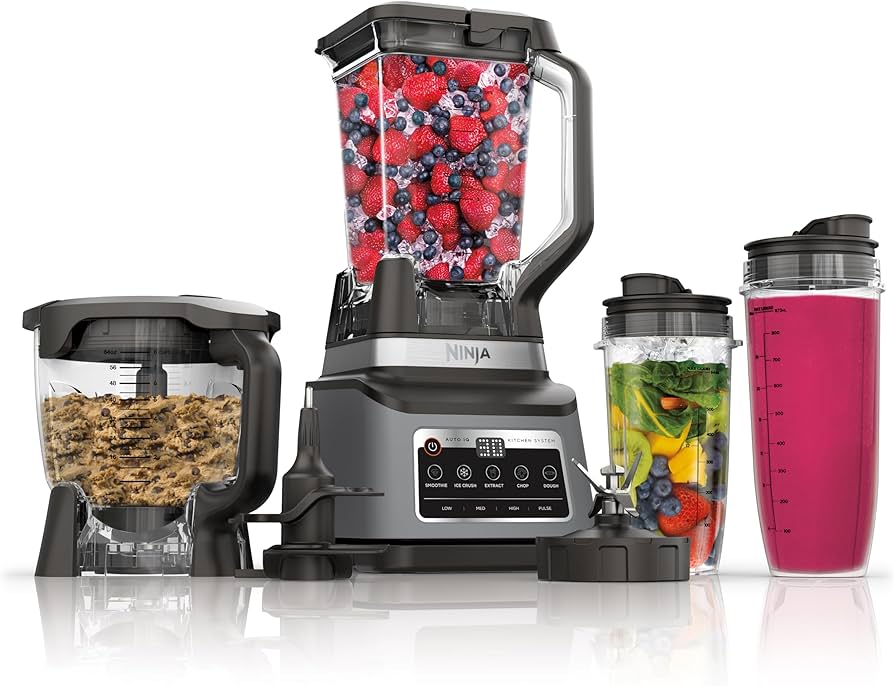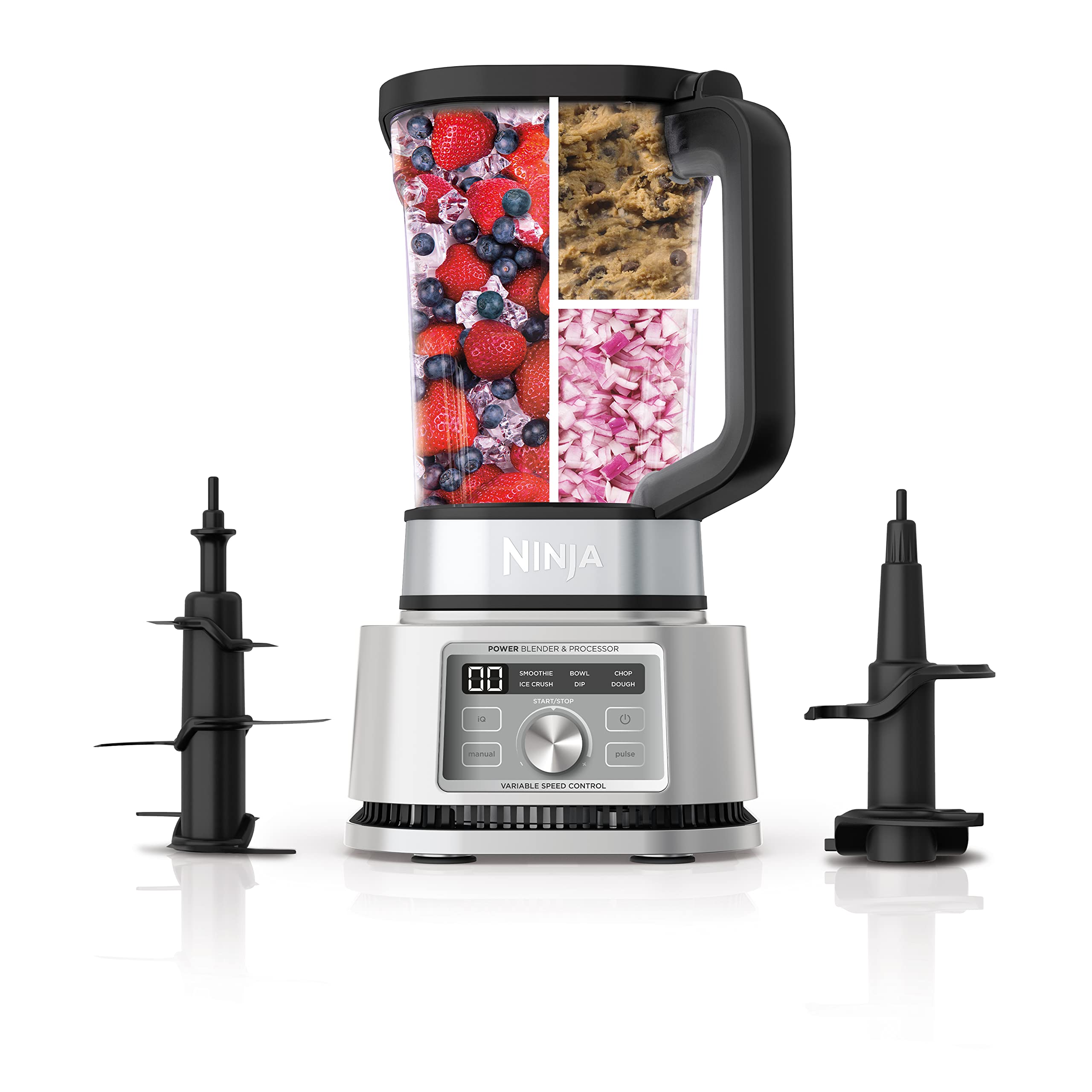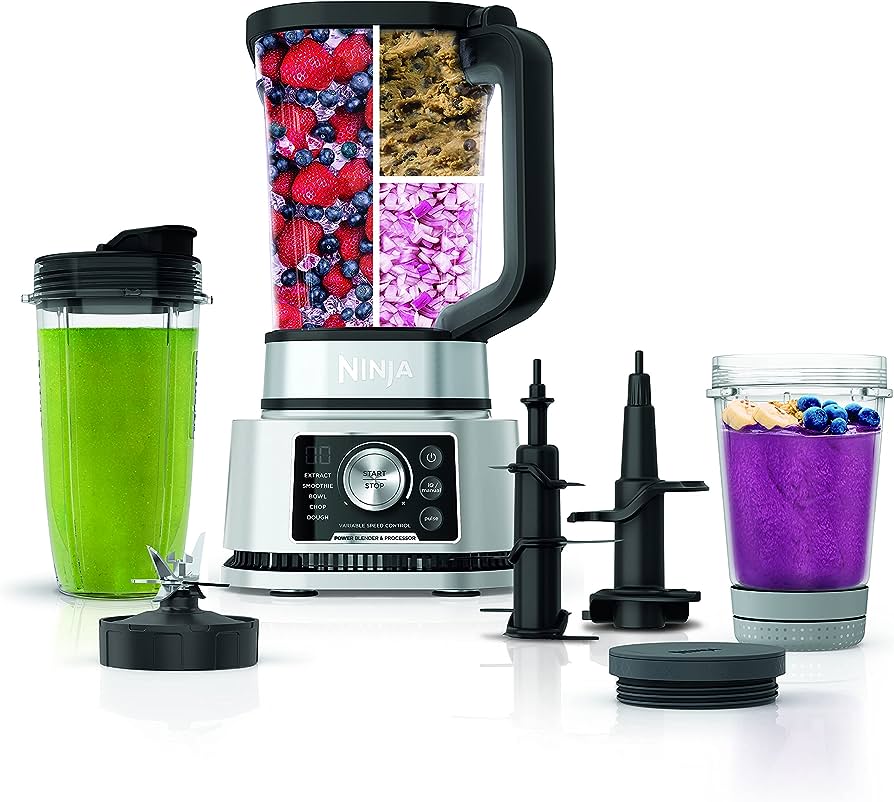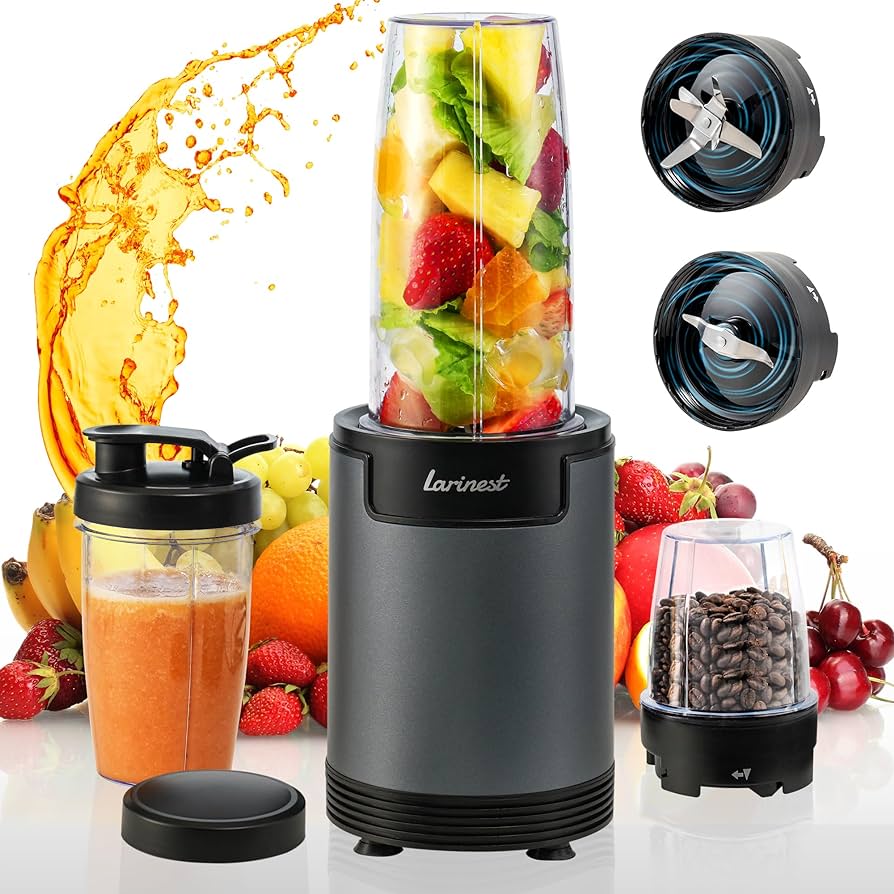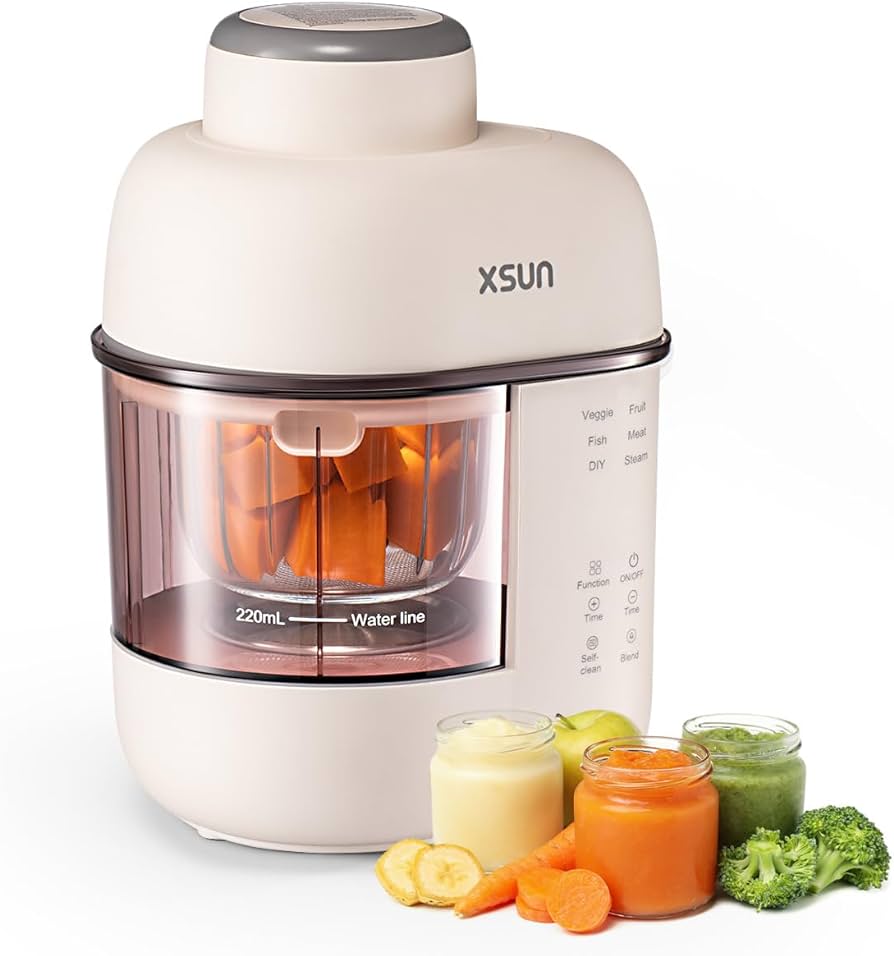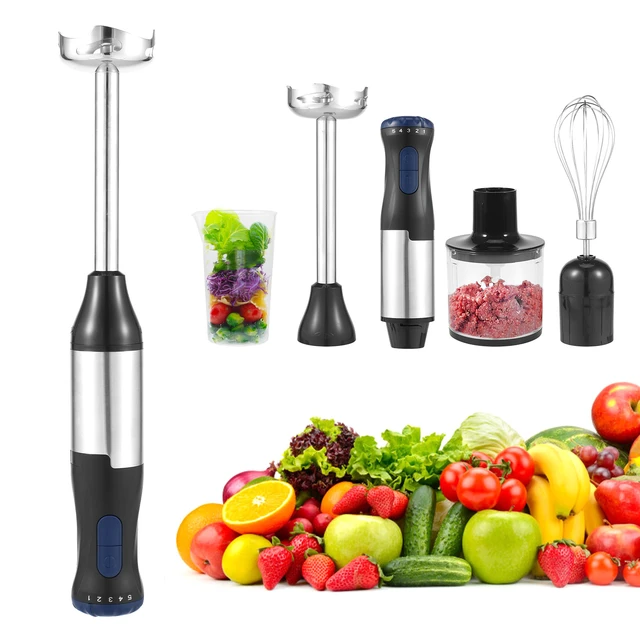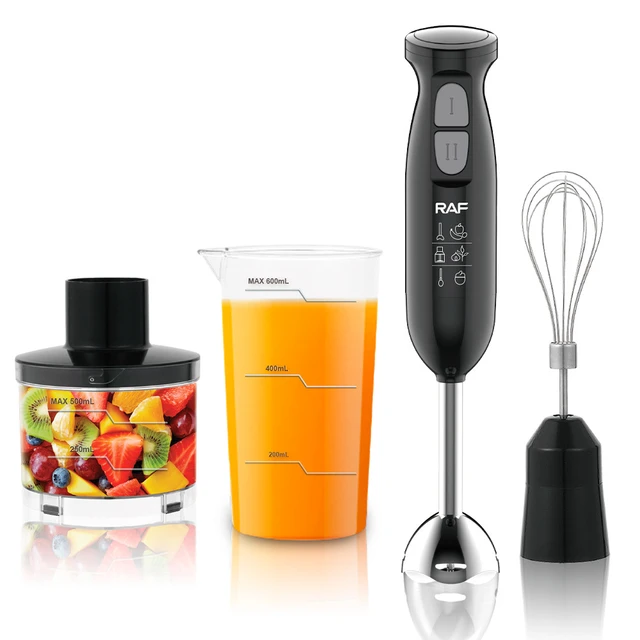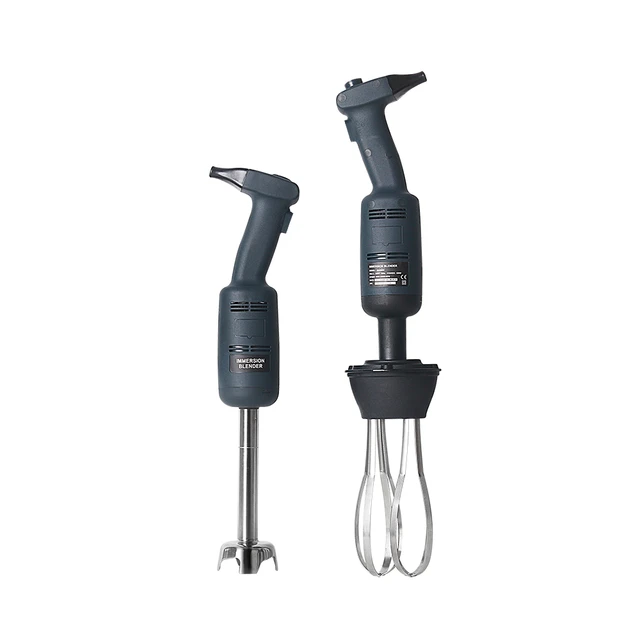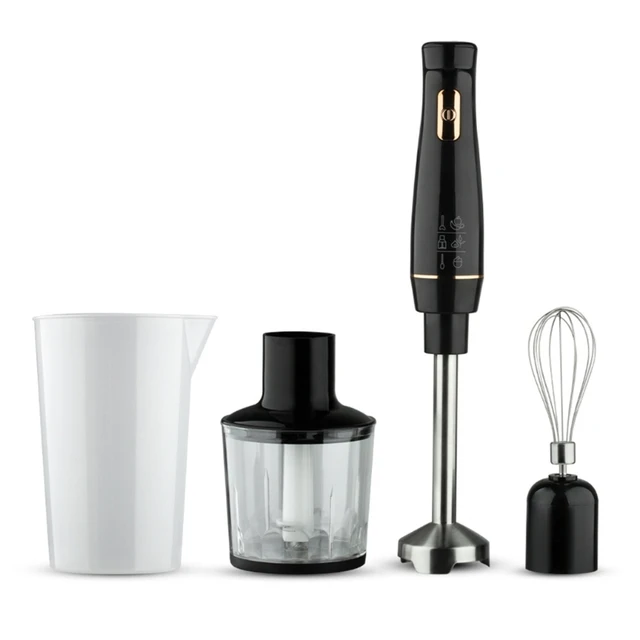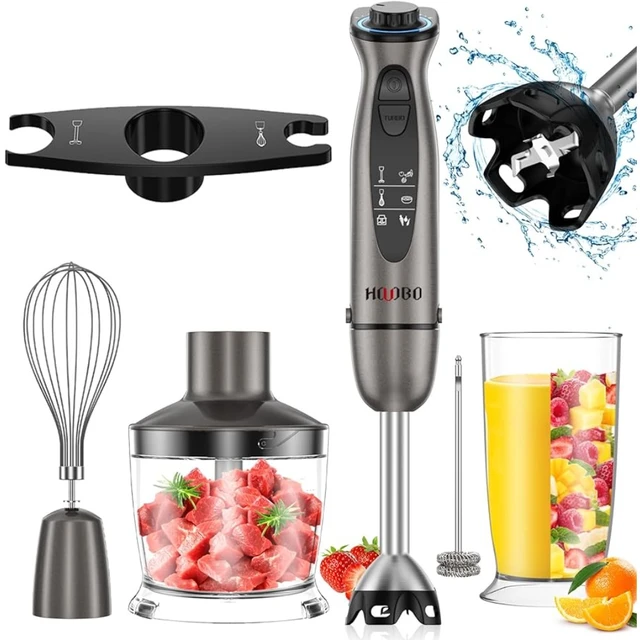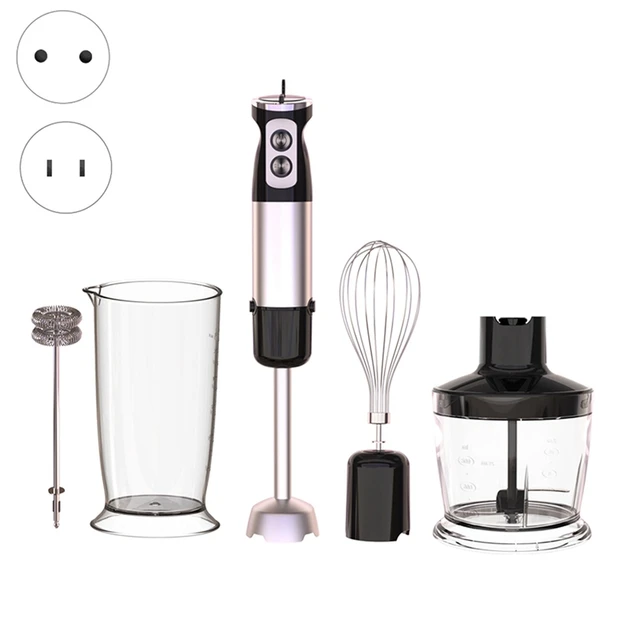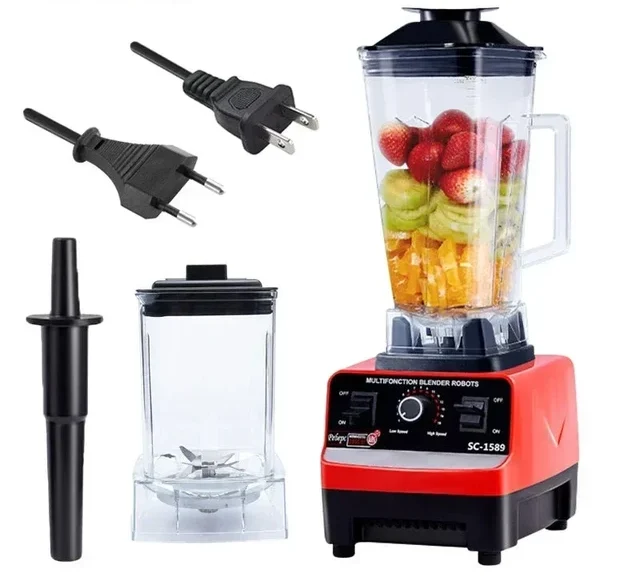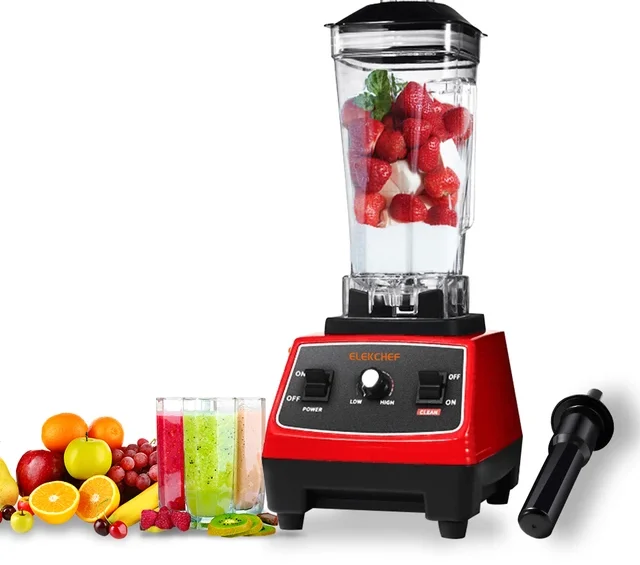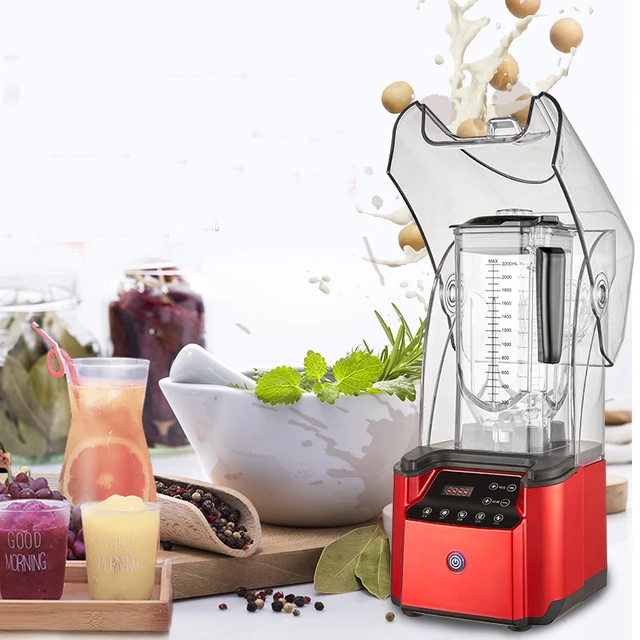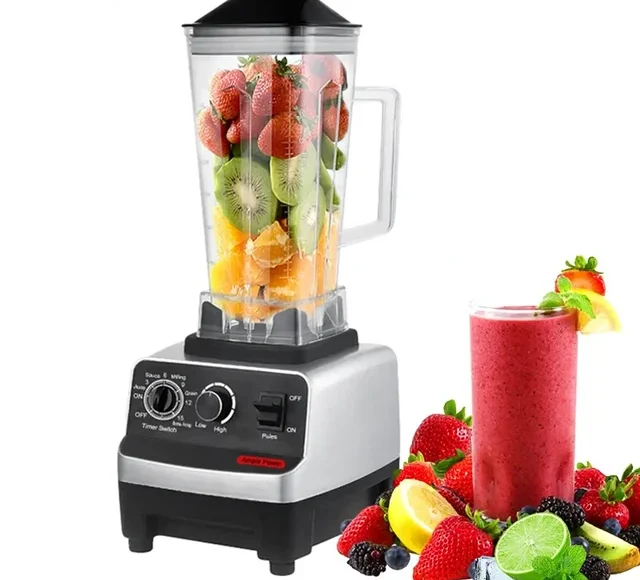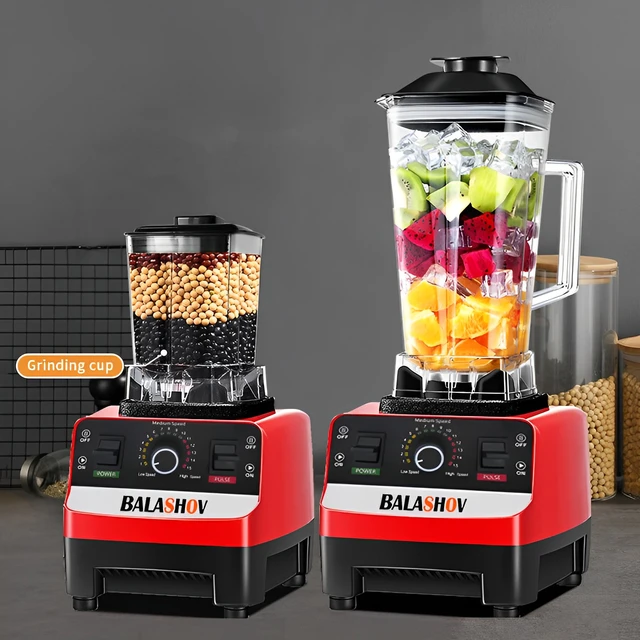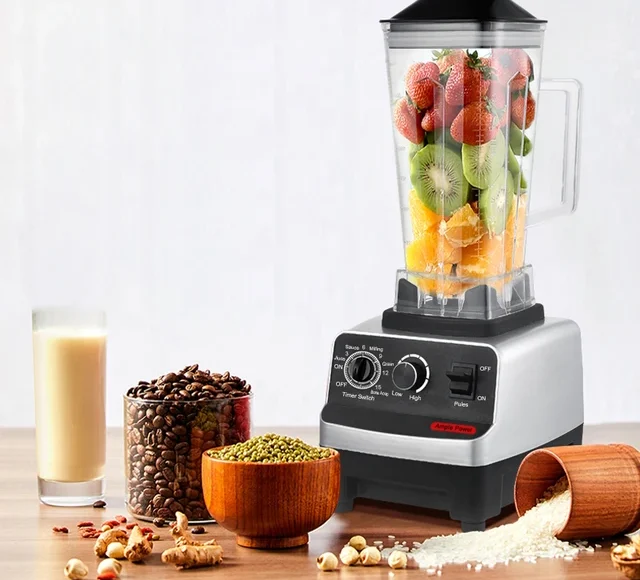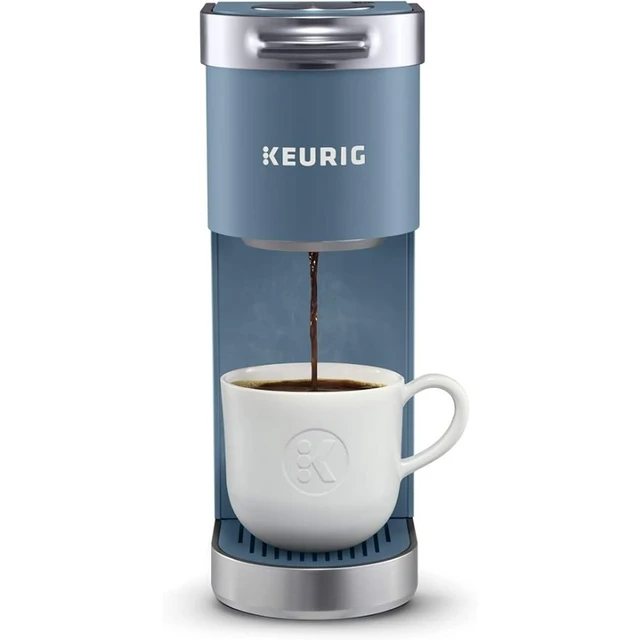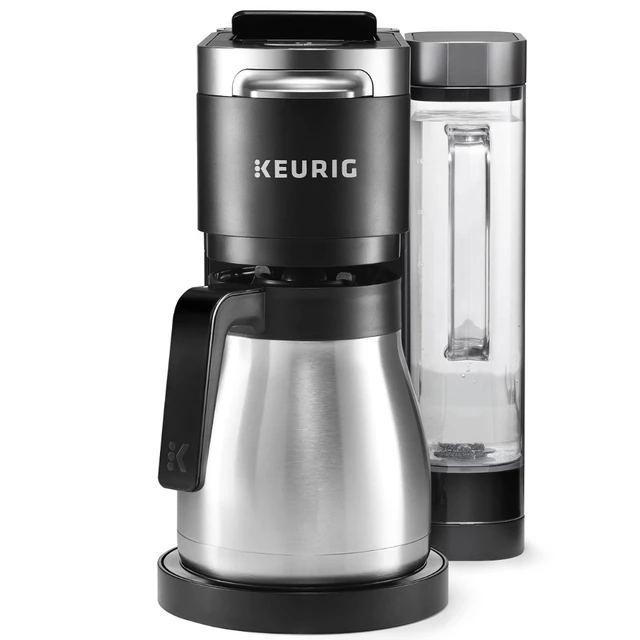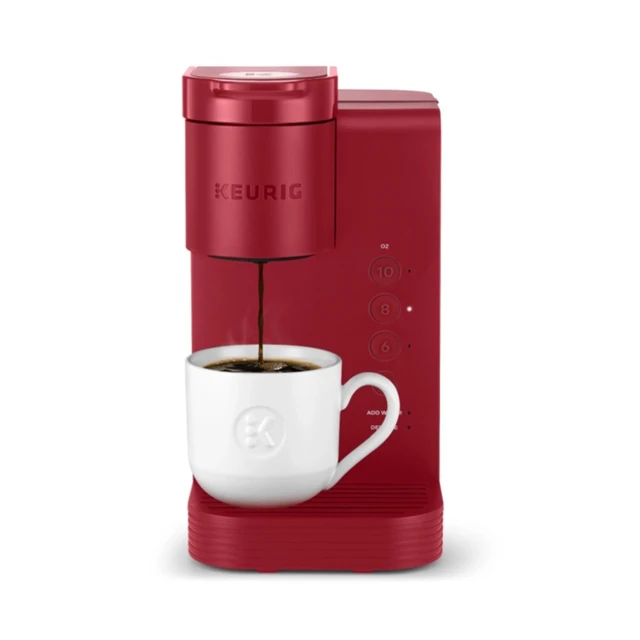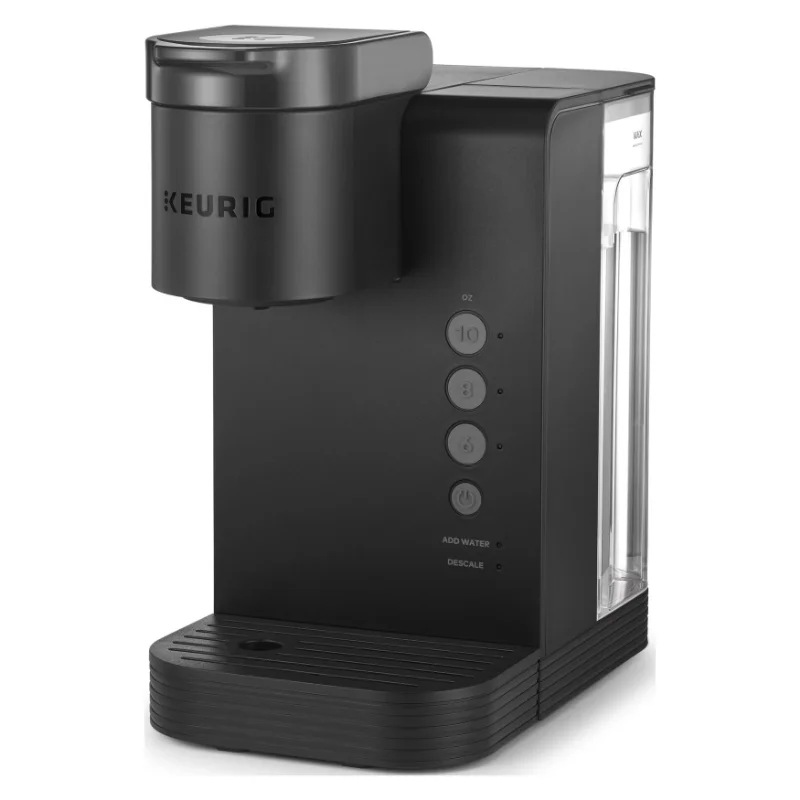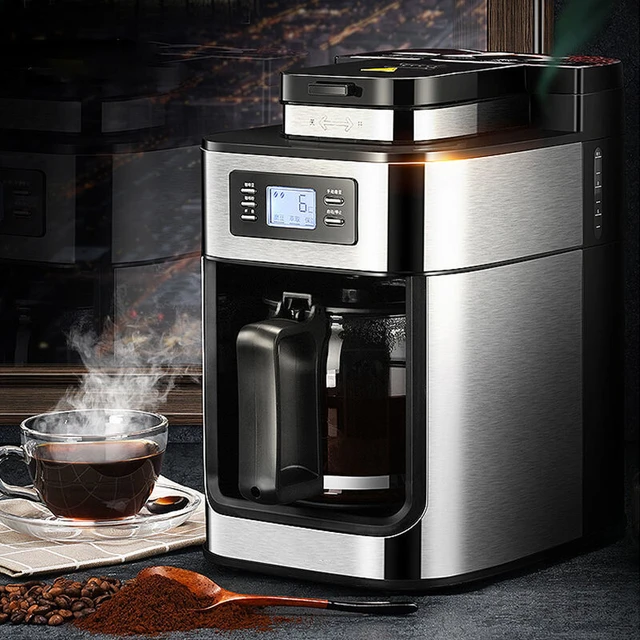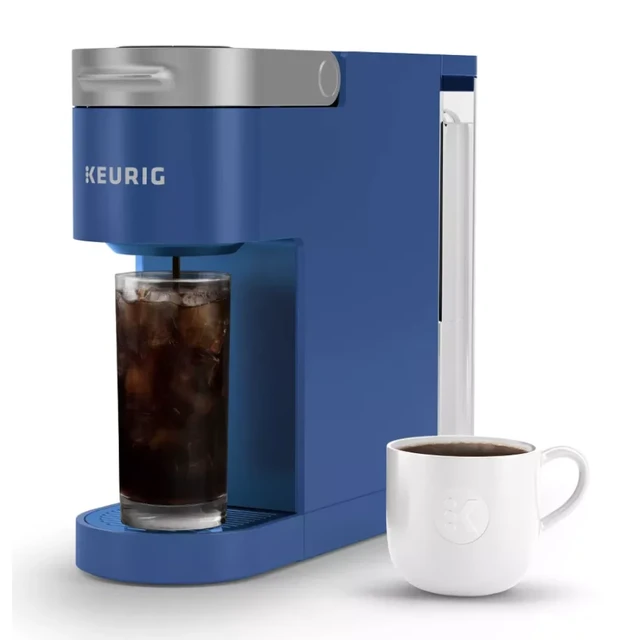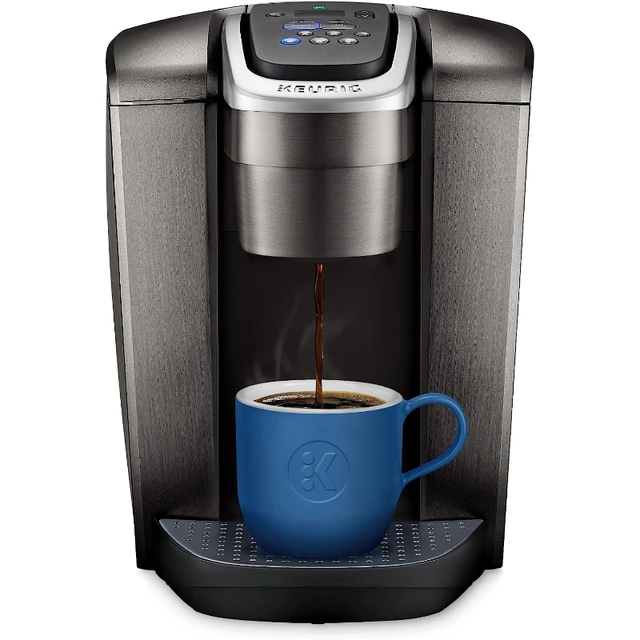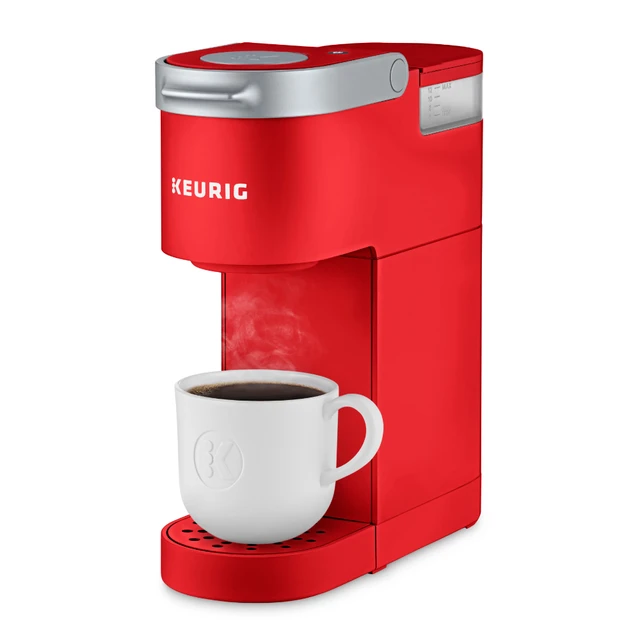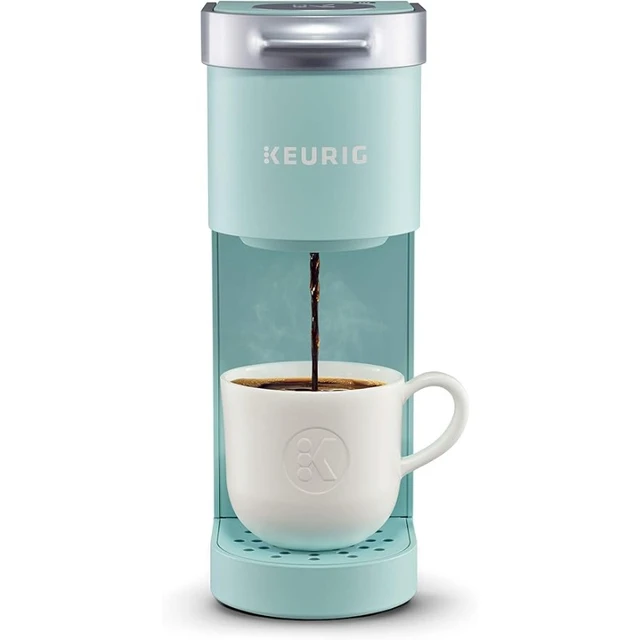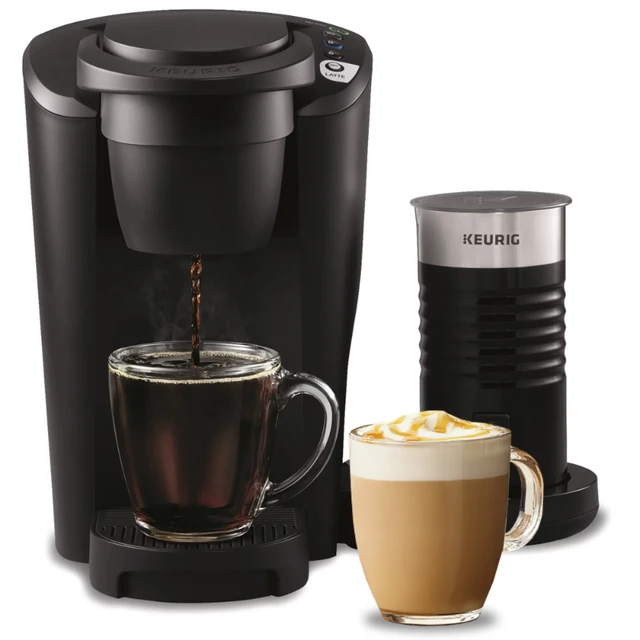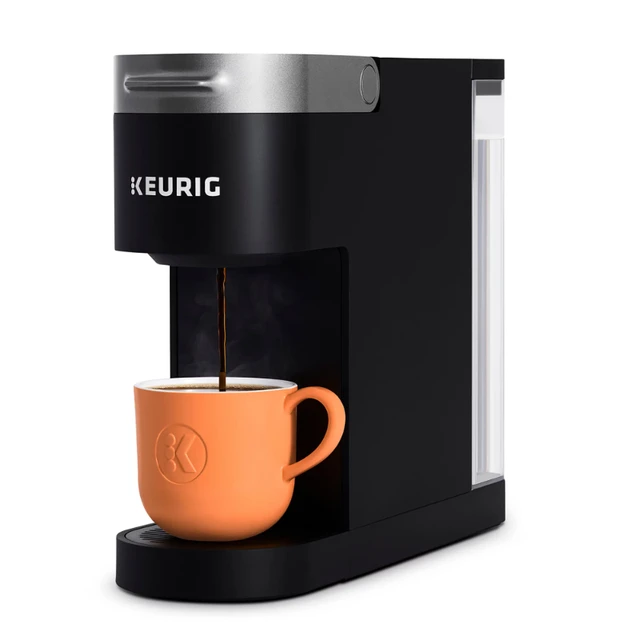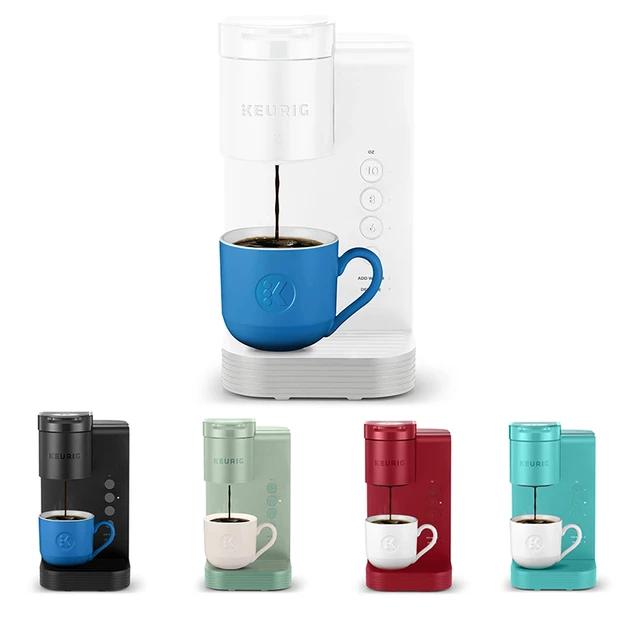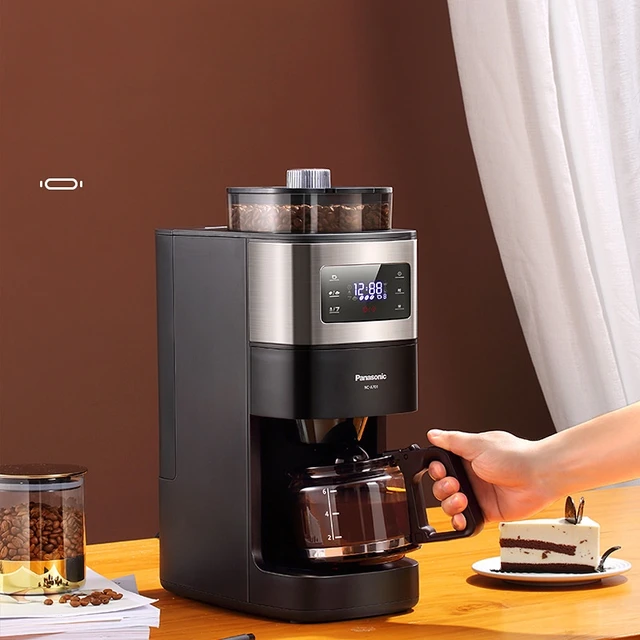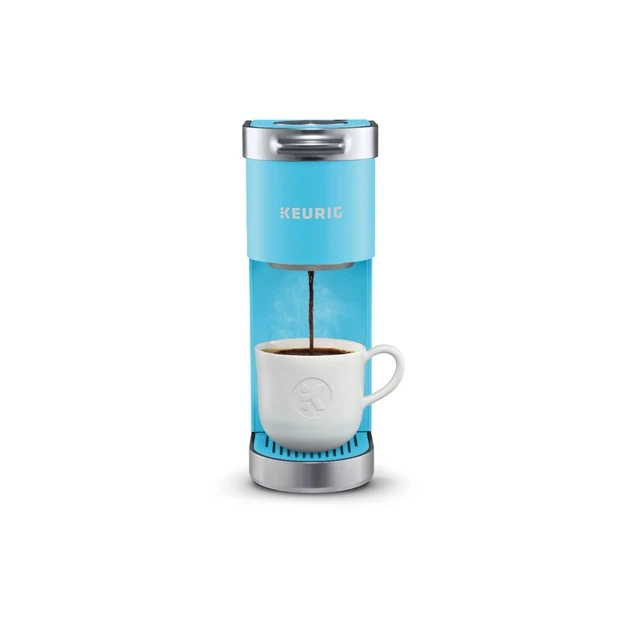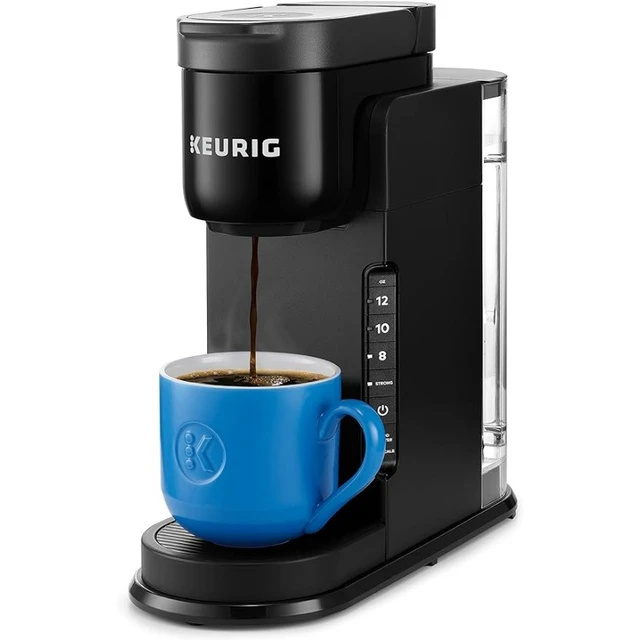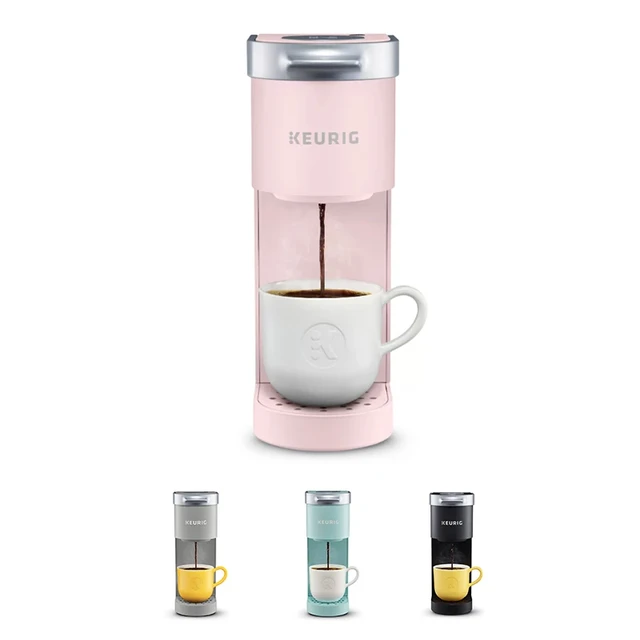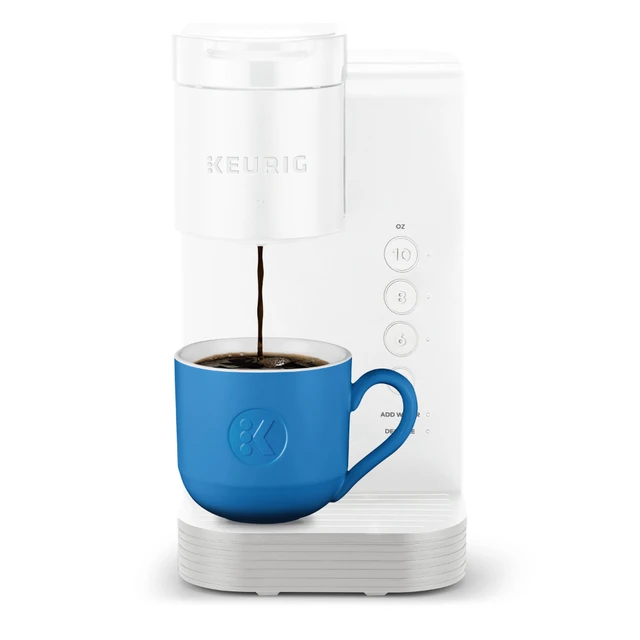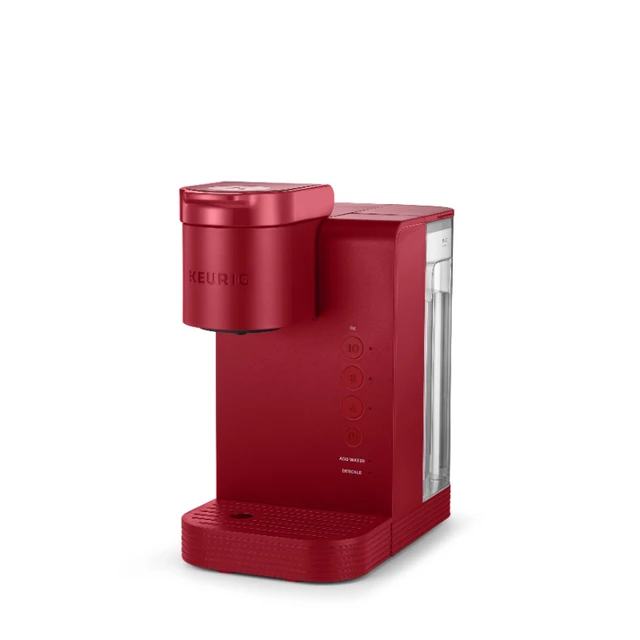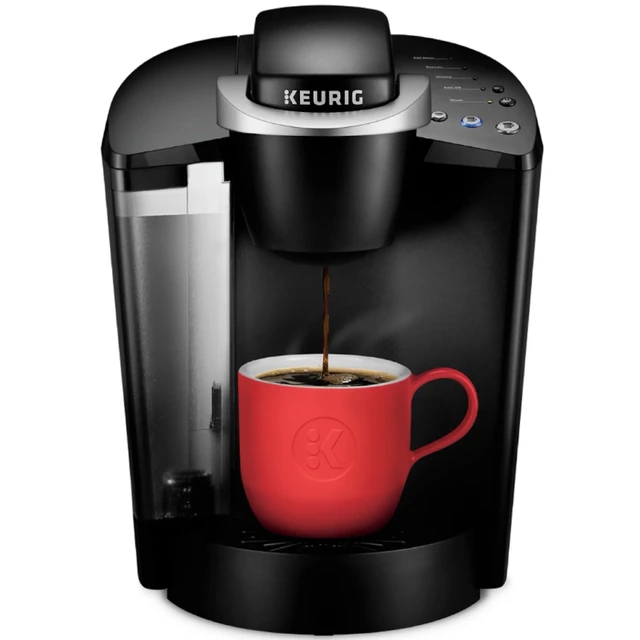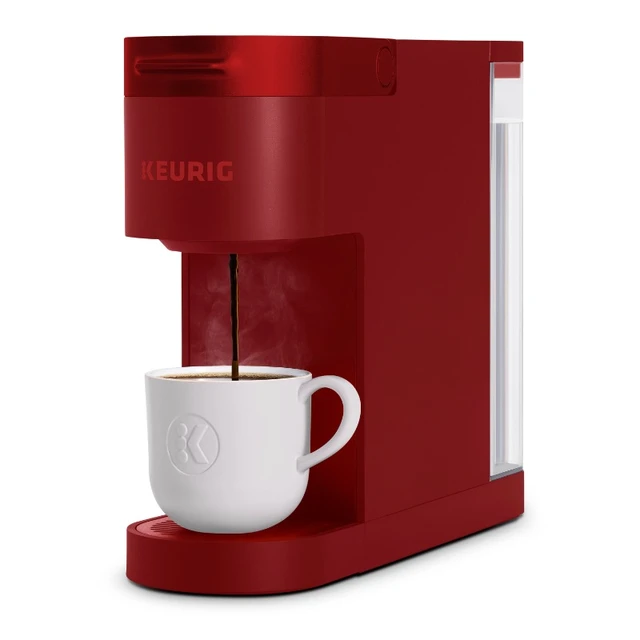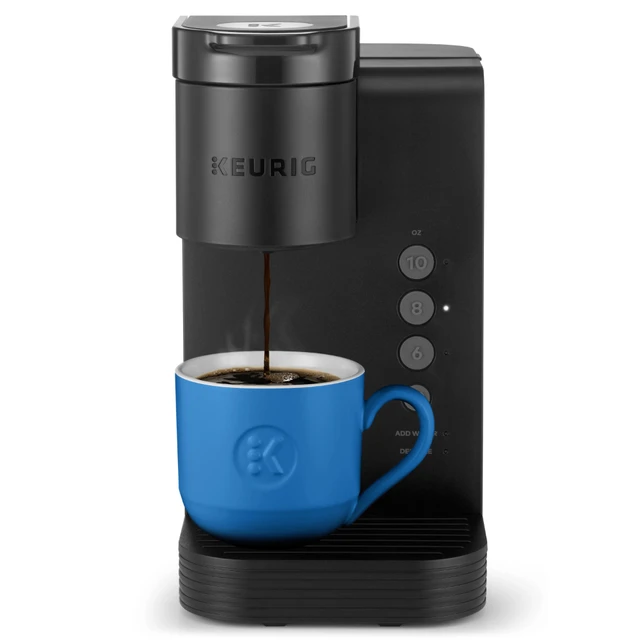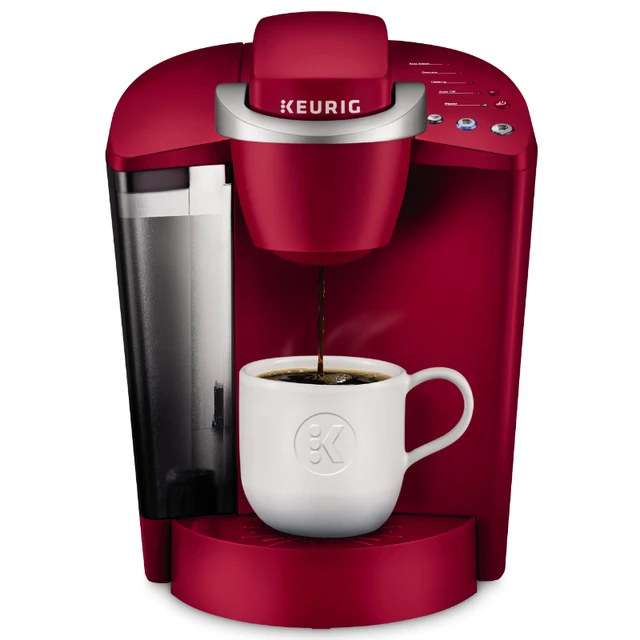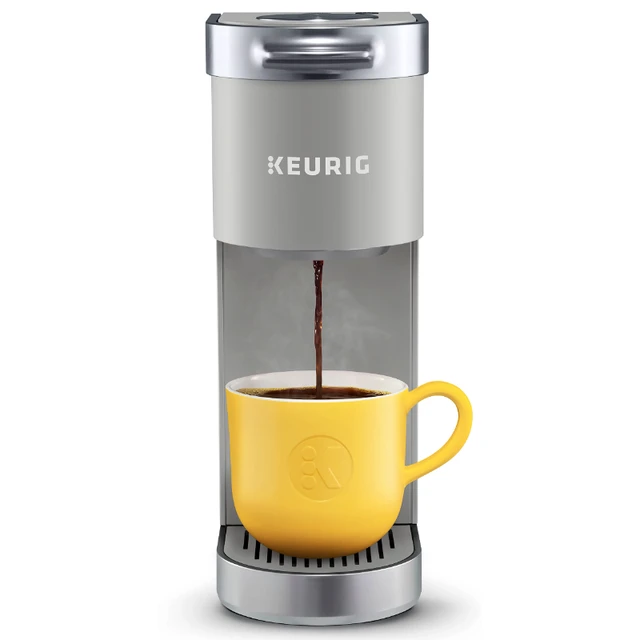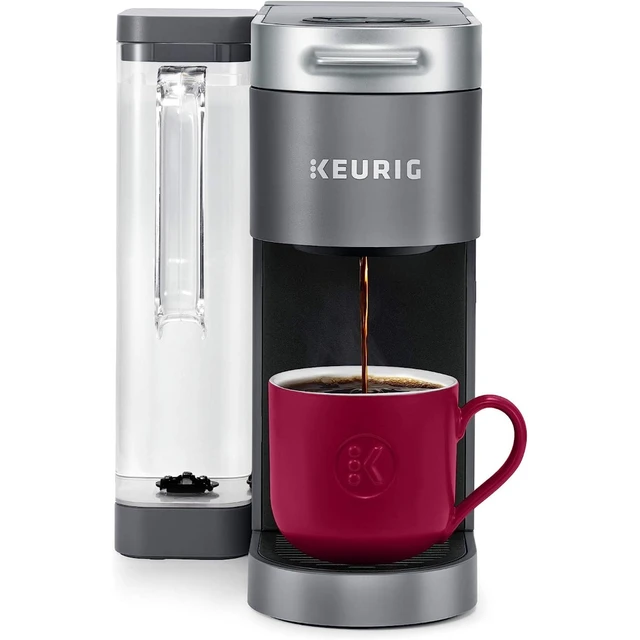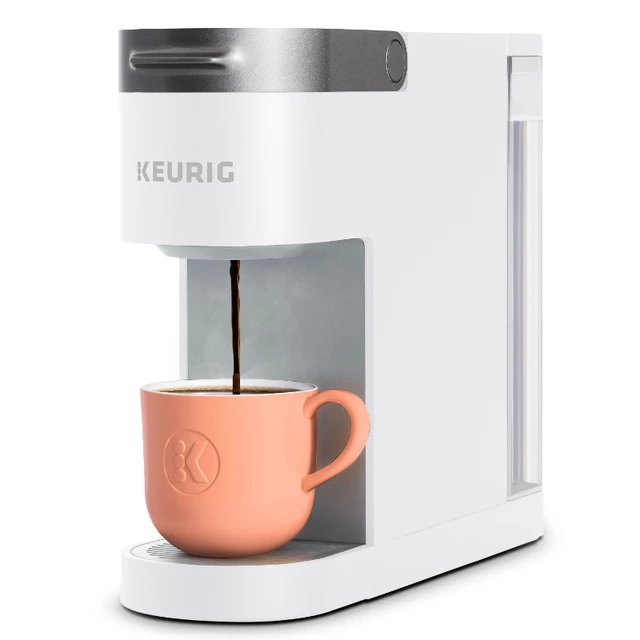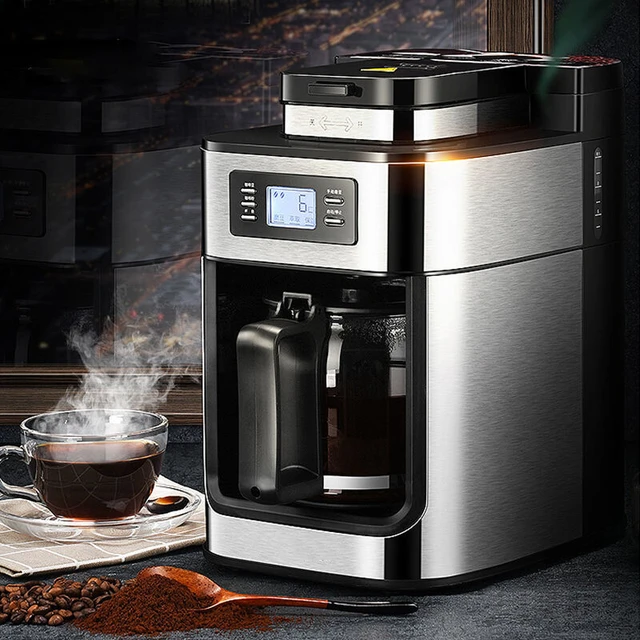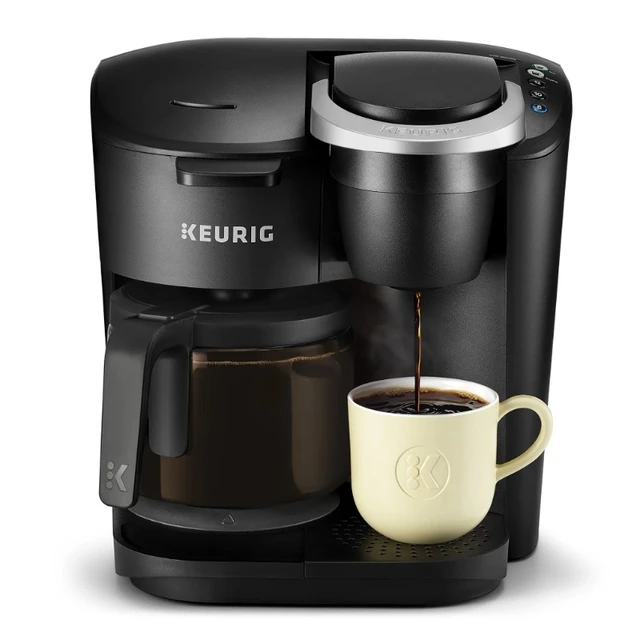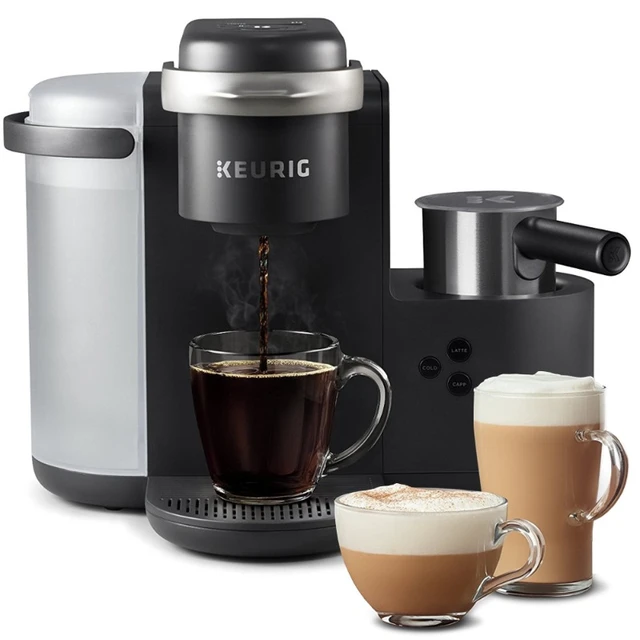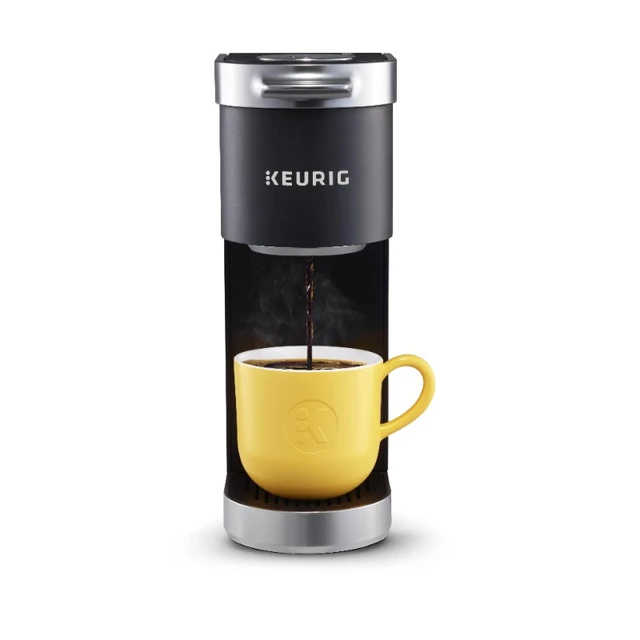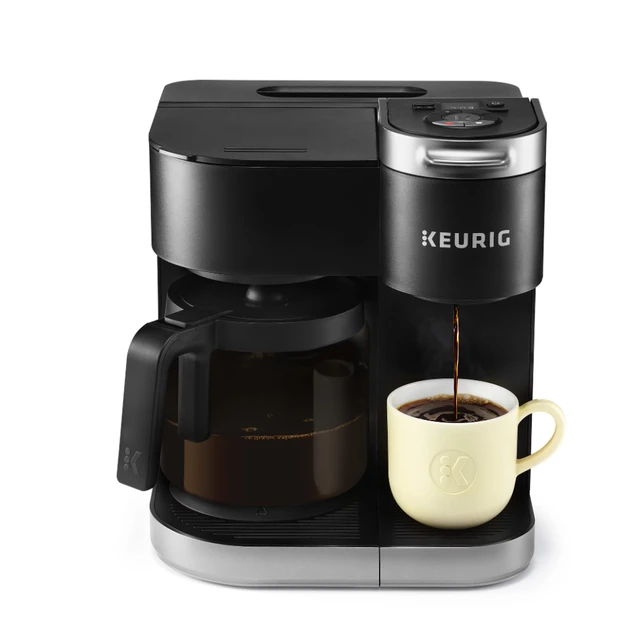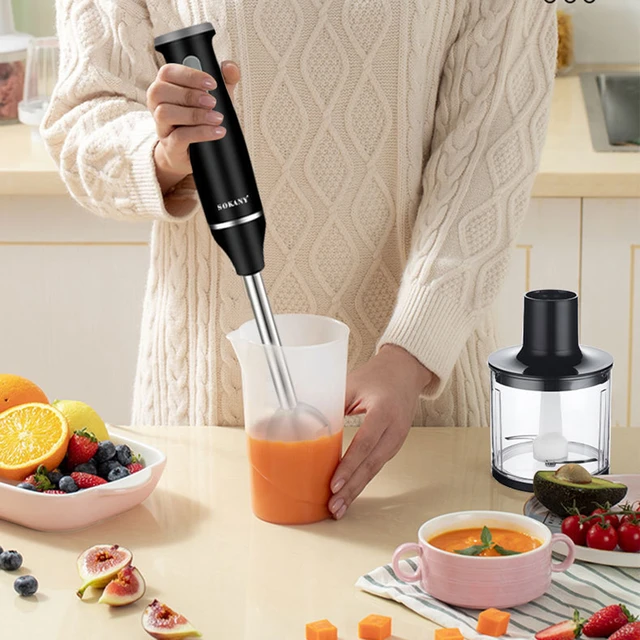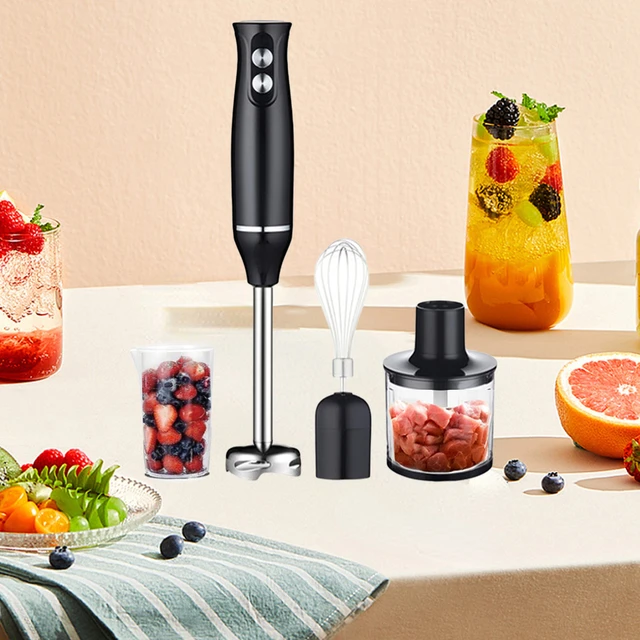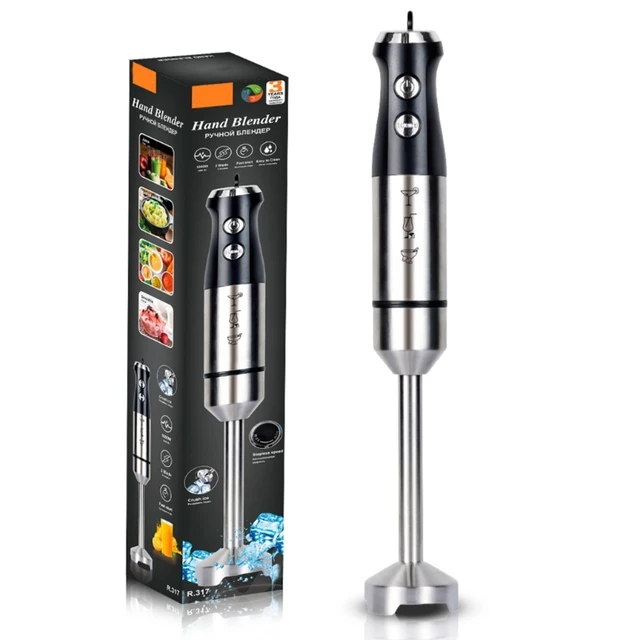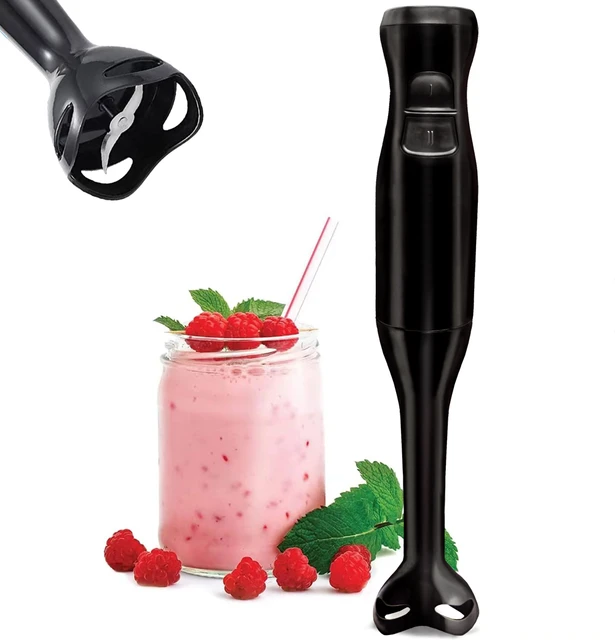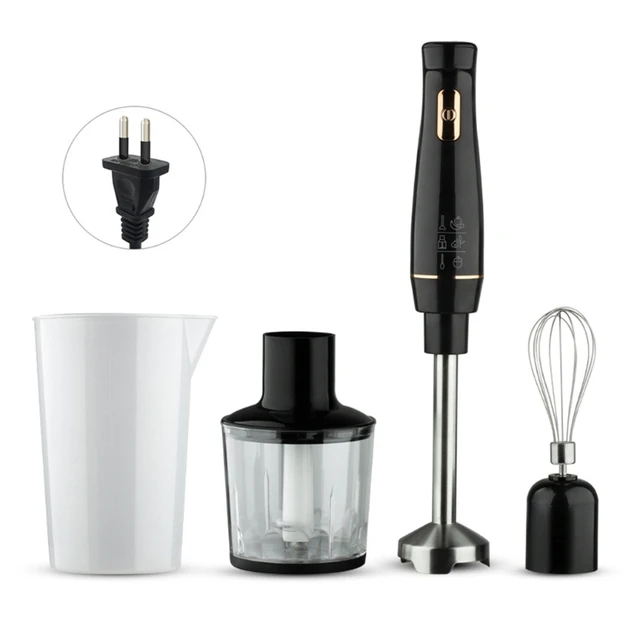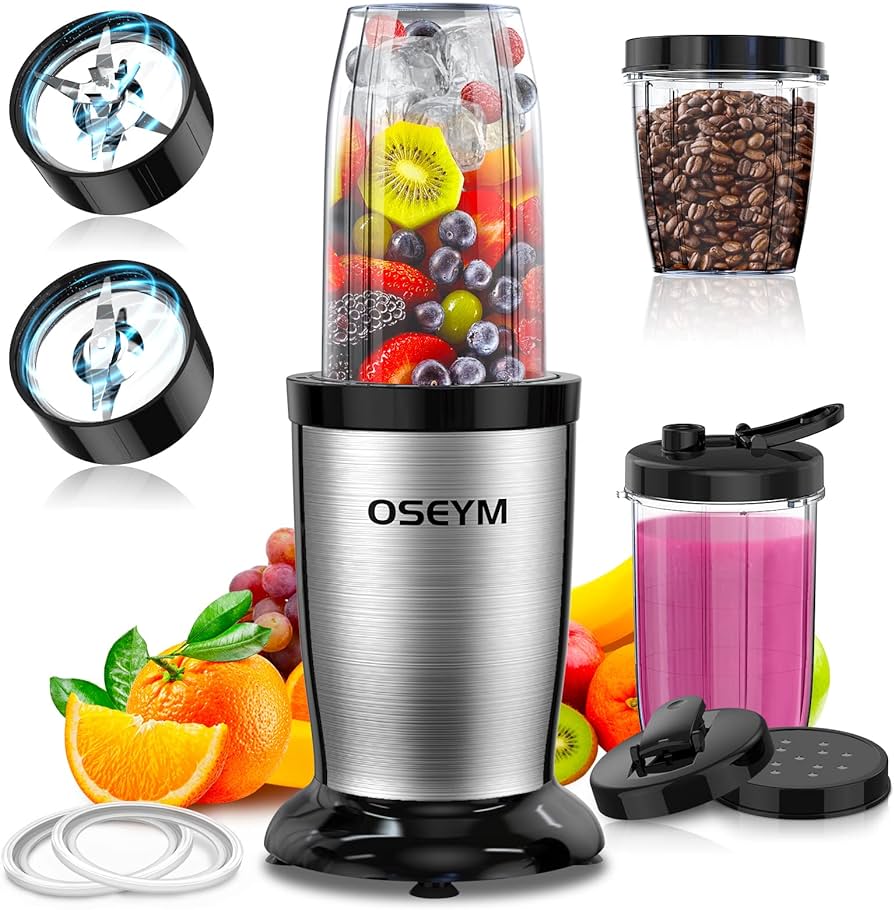
Introduction
The Ninja blender is a powerful and versatile kitchen appliance that can simplify your meal preparation and expand your culinary possibilities. Whether you want to blend smoothies, create creamy soups, grind ingredients, or make delicious sauces, understanding how to work a Ninja blender is essential. In this comprehensive guide, we will explore the step-by-step process of using a Ninja blender effectively. From assembling and operating the blender to cleaning and maintaining it, we will provide specific details to help you confidently utilize this versatile kitchen tool.
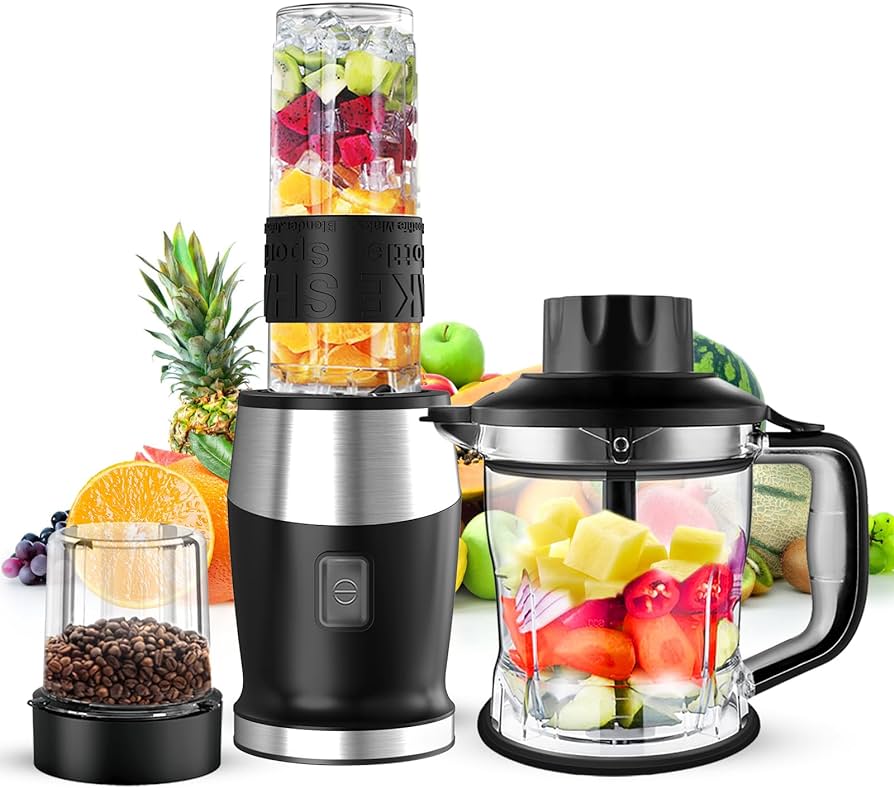
Working with a Ninja Blender: A Comprehensive Guide
I. Assembling Your Ninja Blender: Getting Started
-
Unpack and Check Components:
- When you first get your Ninja blender, unpack the box and ensure that all the necessary components are present. This typically includes the motor base, blender jar or pitcher, lid, and blade assembly. Consult the instruction manual to familiarize yourself with the specific components of your blender model.
-
Blade Assembly Installation:
- Locate the blade assembly and carefully attach it to the bottom of the pitcher or jar. Align the tabs on the blade assembly with the slots on the pitcher or jar, then twist it clockwise until it locks into place securely.
II. Operating Your Ninja Blender: Basic Functions and Speeds
-
Power Connection:
- Before using your Ninja blender, ensure that it is plugged into a power outlet. Make sure the power switch or button is in the “off” position.
-
Selection of Speeds and Functions:
- Most Ninja blenders come with multiple speed settings and pre-programmed functions. Select the appropriate speed or function for your desired blending result. This can range from low speeds for gentle blending to high speeds for more comprehensive blending or processing.
-
Pulse Function:
- The pulse function is a useful feature on Ninja blenders. It allows you to control bursts of power by pressing the pulse button or using the pulse option on the control panel. The pulse function is particularly handy for finely chopping ingredients or achieving a desired texture.
-
Pre-Programmed Functions:
- Some Ninja blenders offer pre-programmed functions specifically designed for certain tasks, such as making smoothies, crushing ice, or creating dough. These functions automatically adjust the blending speed and duration, taking the guesswork out of selecting the appropriate settings.
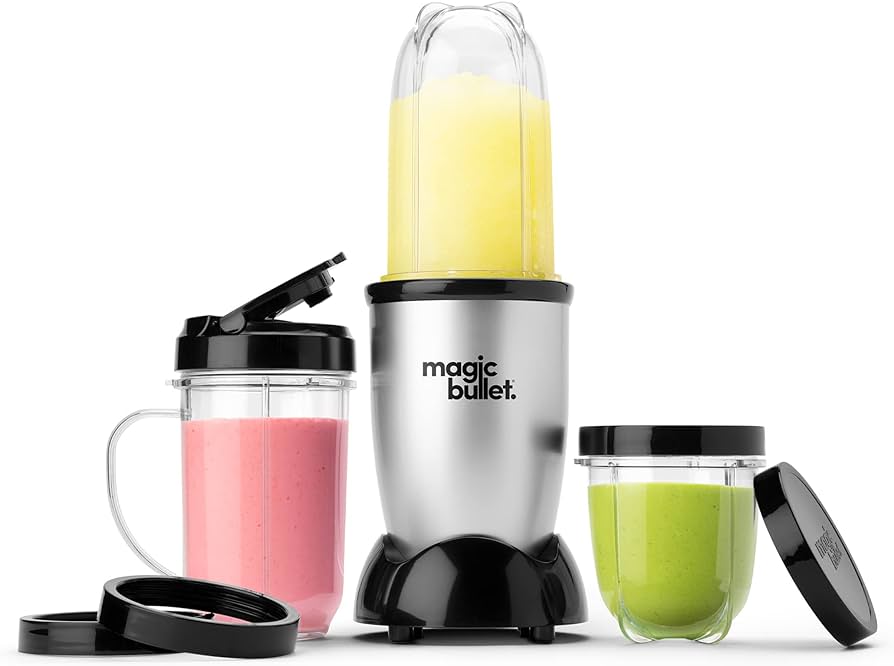
III. Blender Usage: Blending, Grinding, and Processing
-
Adding Ingredients:
- Depending on the recipe or task, add the desired ingredients to the blender jar or pitcher. Take care not to exceed the maximum fill line indicated on the container to avoid spills and ensure proper blending.
-
Placing the Lid:
- Securely place the lid on the blender jar or pitcher. Ensure it is properly aligned with the handle and locked into place. The lid should fit snugly to prevent leaks and splatters during blending.
-
Blending Technique:
- With the ingredients in place and the lid secure, place the blender jar or pitcher onto the motor base. Hold the handle firmly, switch the blender on, and operate it according to the selected speed or function. If required, use the pulse function to achieve the desired consistency.
-
Adjusting Blending Time:
- The required blending time depends on the recipe and the desired texture. Monitor the progress of the blending process and adjust the blending time as needed. Keep in mind that some recipes may require periodic scraping of the sides or pausing and resetting the blender to ensure uniform blending.
-
Grinding Dry Ingredients:
- To grind dry ingredients such as coffee beans, spices, or grains, use a separate grinder attachment provided by the manufacturer. Consult the instruction manual for specific instructions on attaching and using the grinder.
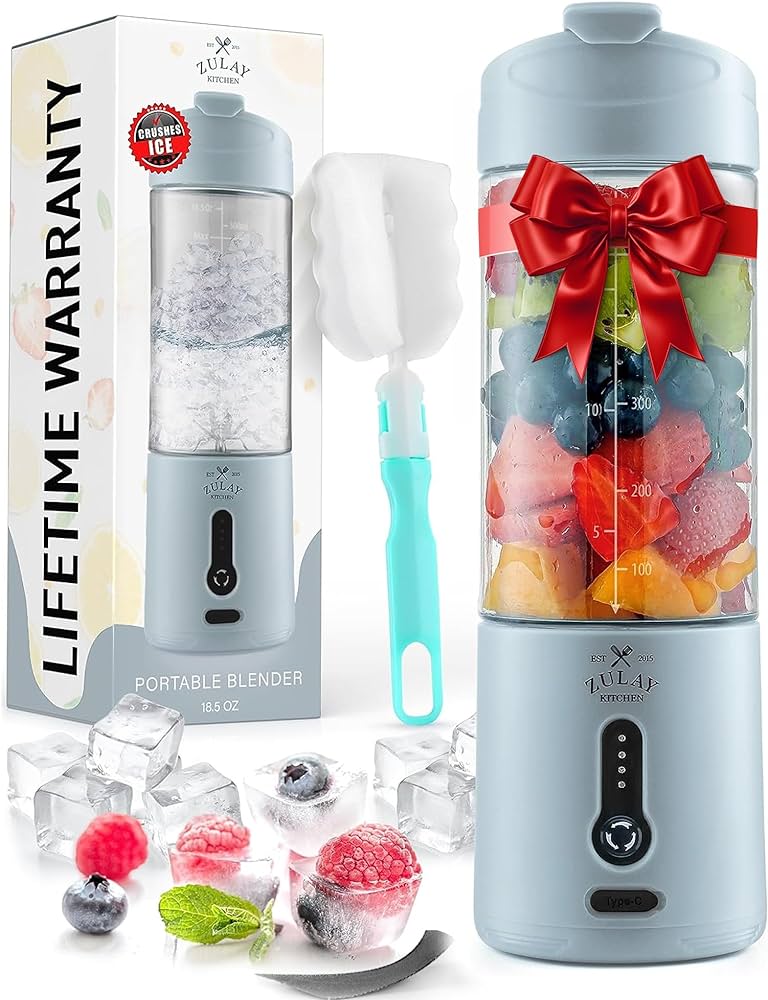
IV. Safety and Cleaning Tips
-
Safety Precautions:
- Always exercise caution when working with a Ninja blender. Avoid placing your hands near the blades while the blender is in operation. Wait for the blades to completely stop before removing the lid or adjusting the ingredients.
-
Cleaning the Blender:
- After each use, disassemble the blender components carefully. Rinse the pitcher, blade assembly, and lid with warm water and mild dish soap. Use a brush to clean hard-to-reach areas around the blades. Rinse thoroughly and allow the parts to air dry or dry them with a clean cloth before reassembly.
-
Cleaning the Motor Base:
- To clean the motor base, unplug the blender and use a damp cloth to wipe the surface. Avoid using abrasive cleaners or submerging the motor base in water.
-
Storing the Blender:
- When not in use, store the blender in a clean and dry space. If possible, keep the components together in a designated storage area to prevent misplacement.
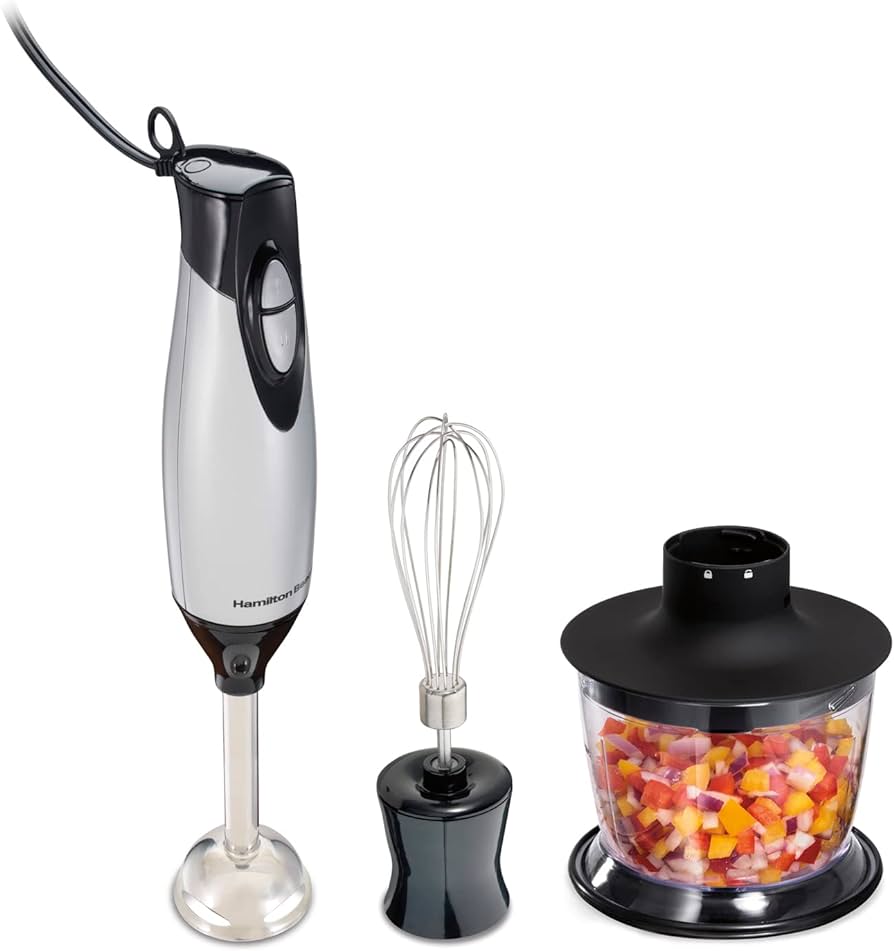
V. Troubleshooting Common Issues
-
Blender Not Turning On:
- If the blender fails to turn on, ensure that it is properly plugged into a power source. Check the power switch or button, and confirm that it is in the “on” position. If the issue persists, consult the instruction manual for further troubleshooting or contact customer support.
-
Leaking Lid or Pitcher:
- If you experience leaks during blending, double-check that the lid is securely fastened and aligned with the handle. Ensure that there are no cracks or damage to the pitcher or lid components. If necessary, replace the damaged parts to prevent leakage.
-
Blades Not Rotating Properly:
- If the blades are not rotating despite the blender being turned on, check if the pitcher or jar is correctly attached to the motor base. Adjust it if necessary to ensure a proper connection. If the problem persists, check for any obstruction around the blades or contact customer support for further assistance.
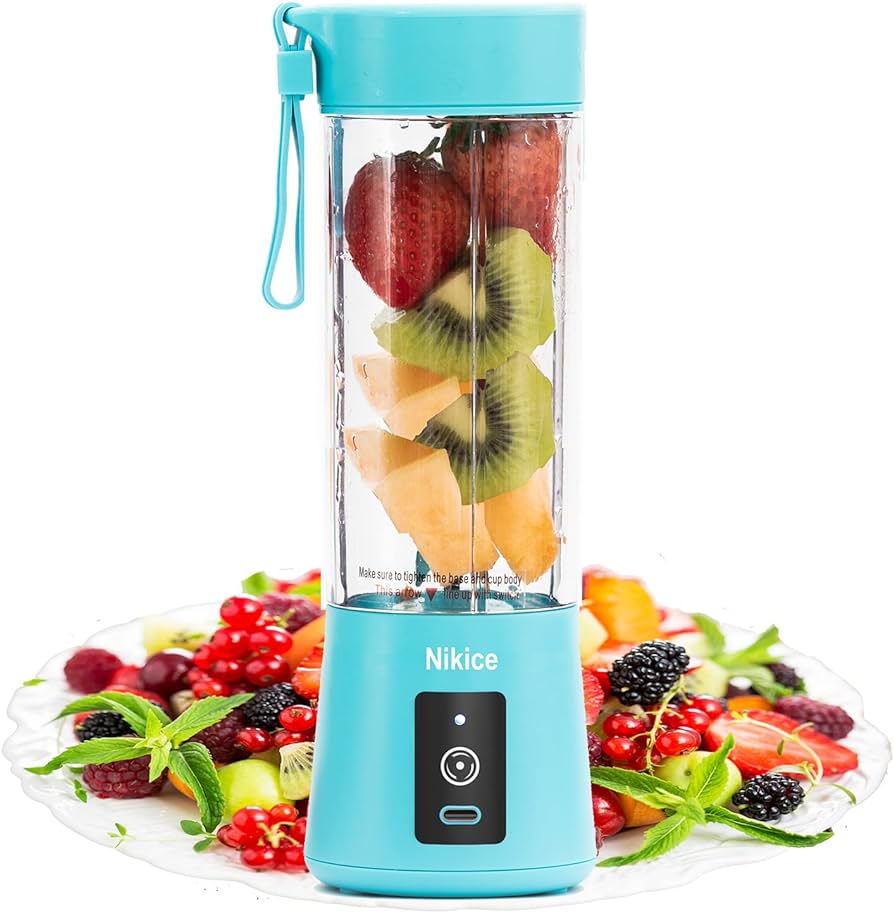
VI. Conclusion: Embrace the Possibilities of Your Ninja Blender
Learning how to work a Ninja blender opens the door to a world of culinary possibilities. From blending smoothies and creating flavorful soups to grinding ingredients and processing various recipes, the Ninja blender can become an indispensable tool in your kitchen.
By understanding the basic functions, speed settings, and safety precautions of your Ninja blender, you can confidently tackle a wide range of culinary tasks. With proper cleaning and maintenance, your Ninja blender will continue to serve you in creating delicious meals and enhancing your culinary adventures.
